Related Research Articles
The Fox Film Corporation was an American Independent film production studio formed by William Fox (1879–1952) in 1915, by combining his earlier Greater New York Film Rental Company and Box Office Attraction Company.

Universal Pictures is an American film production and distribution company and owned by NBCUniversal, which is a division of Comcast.

Carl Laemmle was a German-American film producer and the co-founder and, until 1934, owner of Universal Pictures. He produced or worked on over 400 films.

Solax Studios was an American motion-picture studio founded in 1910 by executives from the Gaumont Film Company of France. Alice Guy-Blaché, her husband Herbert, and a third partner, George A. Magie, established the Solax Company.
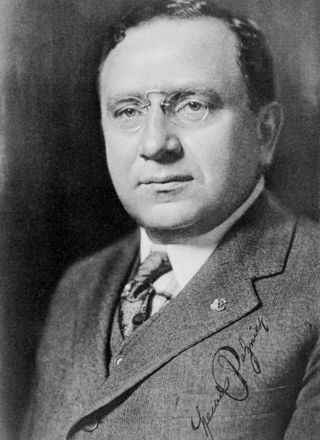
Lewis J. Selznick was an American producer in the early years of the film industry. After initial involvement with World Film at Fort Lee, New Jersey, he established Selznick Pictures in California.
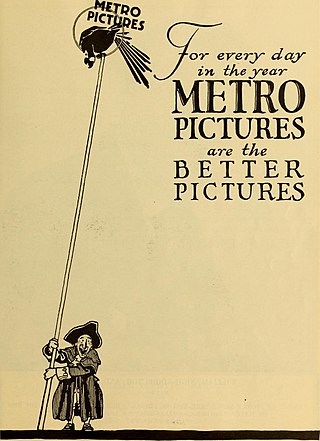
Metro Pictures Corporation was a motion picture production company founded in early 1915 in Jacksonville, Florida. It was a forerunner of Metro-Goldwyn-Mayer. The company produced its films in New York, Los Angeles, and sometimes at leased facilities in Fort Lee, New Jersey. It was purchased in 1919.

Fred J. Balshofer was a pioneering silent film director, producer, screenwriter, and cinematographer in the United States.
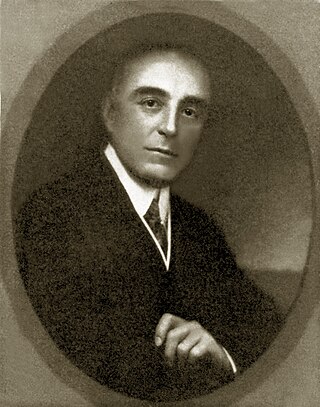
Pierre Ernest Jules Brulatour was a pioneering executive figure in American silent cinema. Beginning as American distribution representative for Lumiere Brothers raw film stock in 1907, he joined producer Carl Laemmle in forming the Motion Picture Distributing and Sales Company in 1909, effectively weakening the stronghold of the Motion Picture Patents Company, headed by Thomas Edison, a large trust company that was then monopolizing the American film industry through contracts with hand-picked, established studios. By 1911 Brulatour was president of the Sales Company. He was a founder of the Universal Film Manufacturing Company, later known as Universal Pictures.

Dorothy Gibson was an American actress, socialite and artist's model, active in the early 20th century. She is best remembered as a survivor of the sinking of the Titanic and for starring in the first motion picture based on the disaster.

Eclair, formerly Laboratoires Eclair, was a film production, film laboratory, and movie camera manufacturing company established in Épinay-sur-Seine, France by Charles Jourjon in 1907. What remains of the business is a unit of Ymagis Group offering creative and distribution services for the motion pictures industries across Europe and North America such as editing, color grading, restoration, digital and theatrical delivery, versioning.

Saved from the Titanic is a 1912 American silent short film starring Dorothy Gibson, an American film actress who survived the sinking of the RMS Titanic on April 15, 1912. Premiering in the United States just 31 days after the event, it is the earliest dramatization of the tragedy.
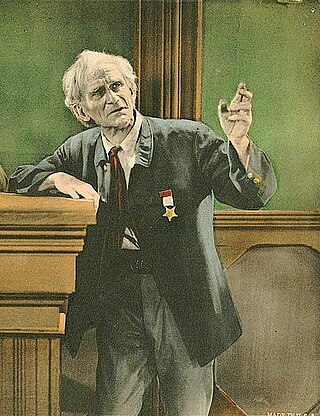
Jay Hunt was an American film director and actor. He directed nearly 70 films between 1911 and 1919. He continued his career as an actor until 1931. The White Squaw, a 1920 film directed by Hunt, was preserved by the Academy Film Archive in 2011.
At the Altar is a 1909 American silent drama film directed by D. W. Griffith. The film was shot in Fort Lee, New Jersey where early film studios in America's first motion picture industry were based at the beginning of the 20th century. A print of this film is in the film archive of the Library of Congress.

George Walter Terwilliger was an American film director, screenwriter, and journalist. He worked in both the silent and sound eras, directing at least 76 productions between 1912 and 1936. He also wrote scores of screenplays for films released between 1910 and 1939. In 1912 alone, he was contracted by Lubin film studio to write one story a week for the company.
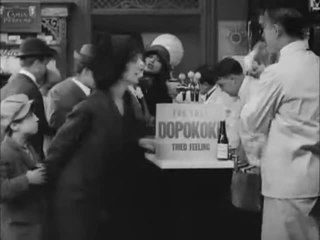
For His Son is a 1912 American short silent drama film directed by D. W. Griffith and starring Blanche Sweet. The film was shot in Fort Lee, New Jersey when Biograph Company and other early film studios in America's first motion picture industry were based there at the beginning of the 20th century. A print of the film survives today.

Hearts in Exile is a 1915 American film directed by James Young. It was produced by Peerless Pictures Studios when it and many other early film studios in America's first motion picture industry were based in Fort Lee, New Jersey at the beginning of the 20th century. A print of the film survives in the Archiva Nationala de Filme film archive.
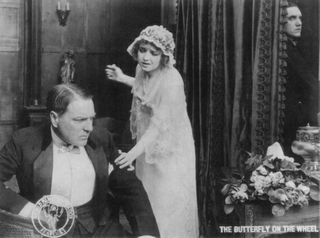
The World Film Company or World Film Corporation was an American film production and distribution company, organized in 1914 in Fort Lee, New Jersey.

Edward Kline Lincoln was an American silent film actor and director. Lincoln appeared in over 65 silent films and was best known for movies like For the Freedom of the World (1917), The Light in the Dark (1922) and The Man of Courage (1922).
Grantwood is an unincorporated community straddling the boroughs of Cliffside Park and Ridgefield, just south of Fort Lee, in eastern Bergen County, New Jersey, United States.

Dino Bortolo Zambon was an Italian general during World War II.
References
- ↑ Bigham, Randy Bryan (April 11, 2014). Finding Dorothy: A Biography of Dorothy Gibson. Lulu.com. ISBN 9781105520082.
- ↑ Koszarski, Richard (January 30, 2004). Fort Lee: The Film Town. Indiana University Press. ISBN 0861966538.
- ↑ Billboard, April 6, 1912, p. 15; Motography, December 5, 1914, p. 766.
- ↑ Fort Lee: Birthplace of the Motion Picture Industry. Arcadia Publishing. April 4, 2006. ISBN 9780738545011 – via Google Books.
- ↑ Bigham, Randy Bryan (April 11, 2014). Finding Dorothy: A Biography of Dorothy Gibson. Lulu.com. ISBN 9781105520082.
- ↑ Barton, Ruth (October 3, 2014). Rex Ingram: Visionary Director of the Silent Screen. University Press of Kentucky. ISBN 9780813147116.
- ↑ "World-Peerless". Variety. November 26, 1958. p. 20. Retrieved June 9, 2019– via Archive.org.
- ↑ "World/Peerless & Metropolitan Studios Historical Marker". www.hmdb.org.